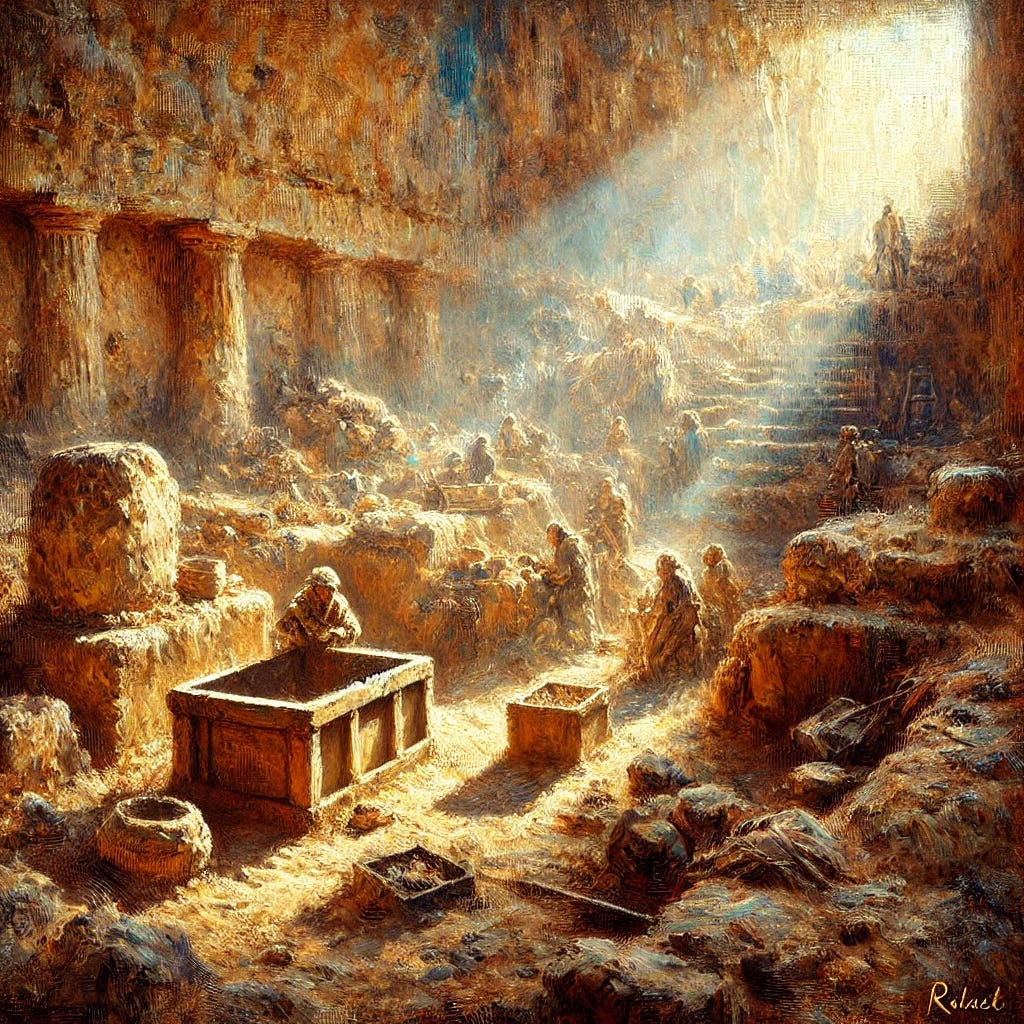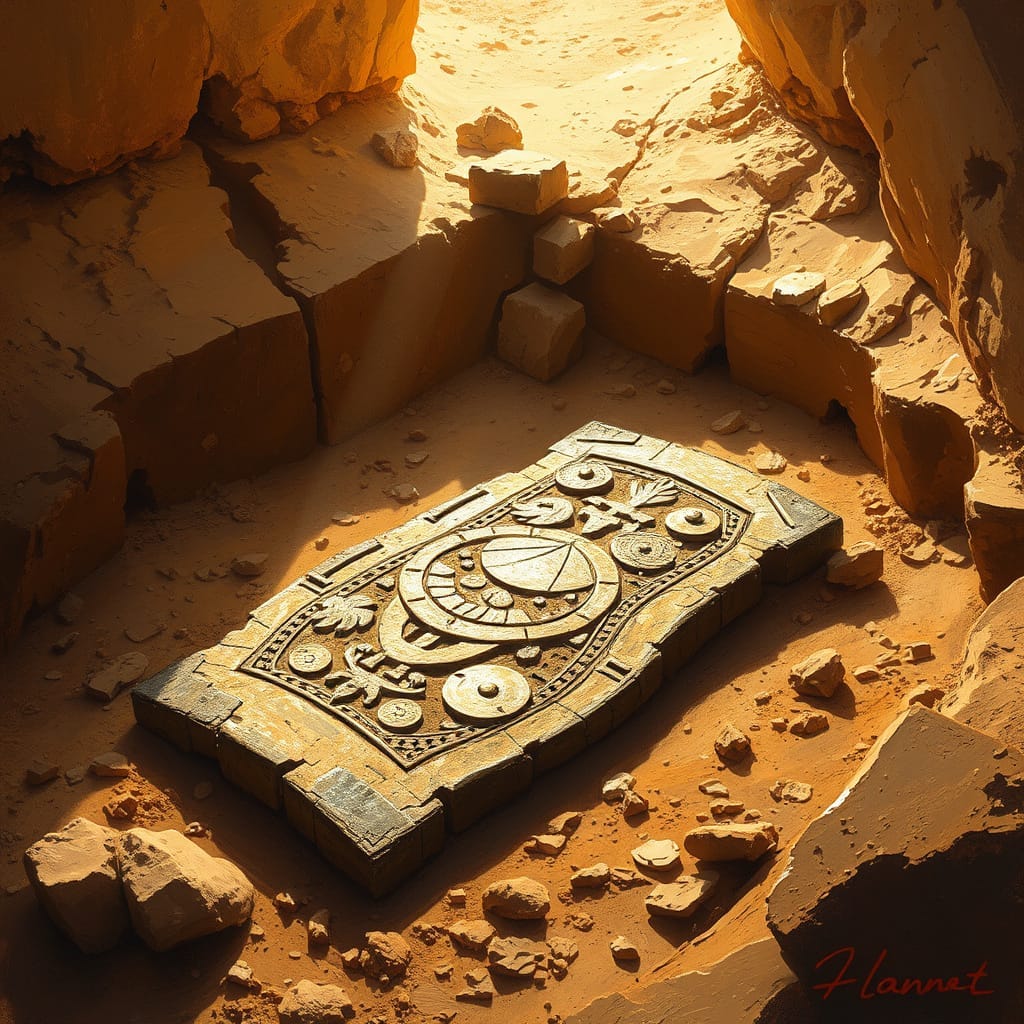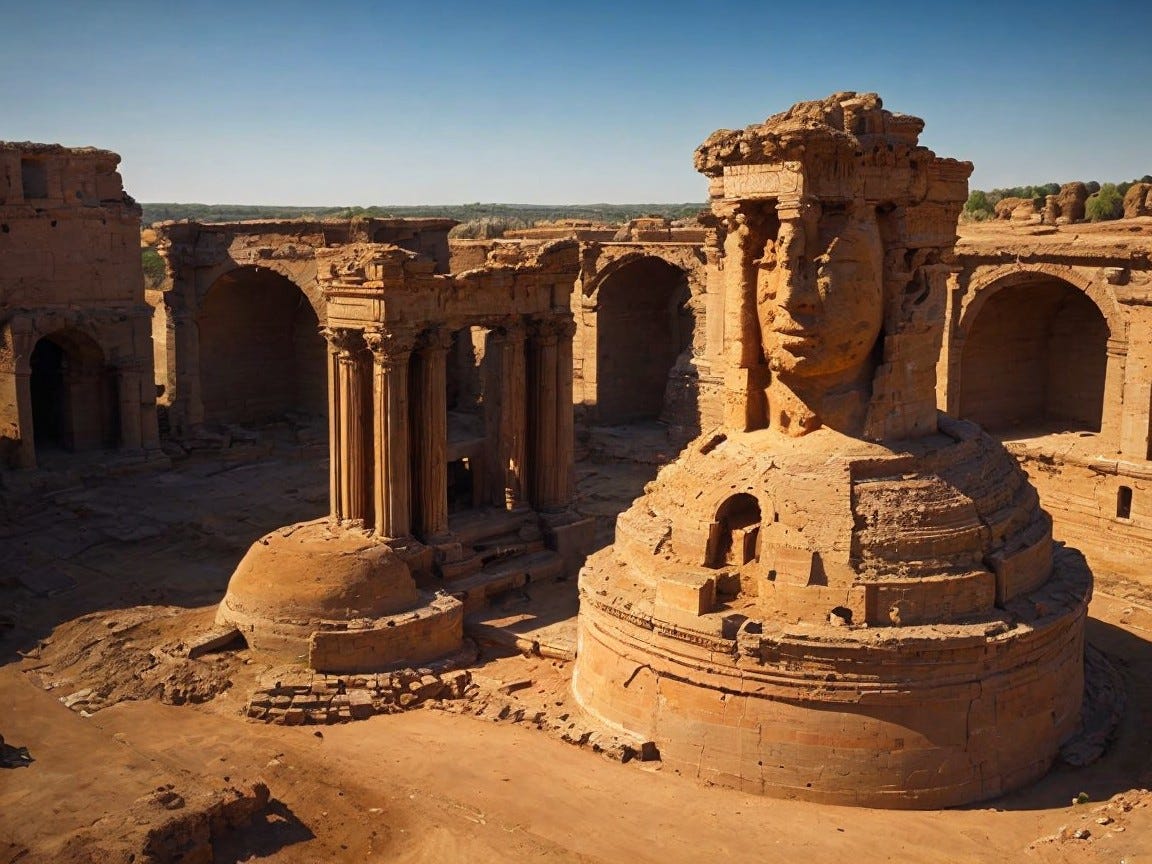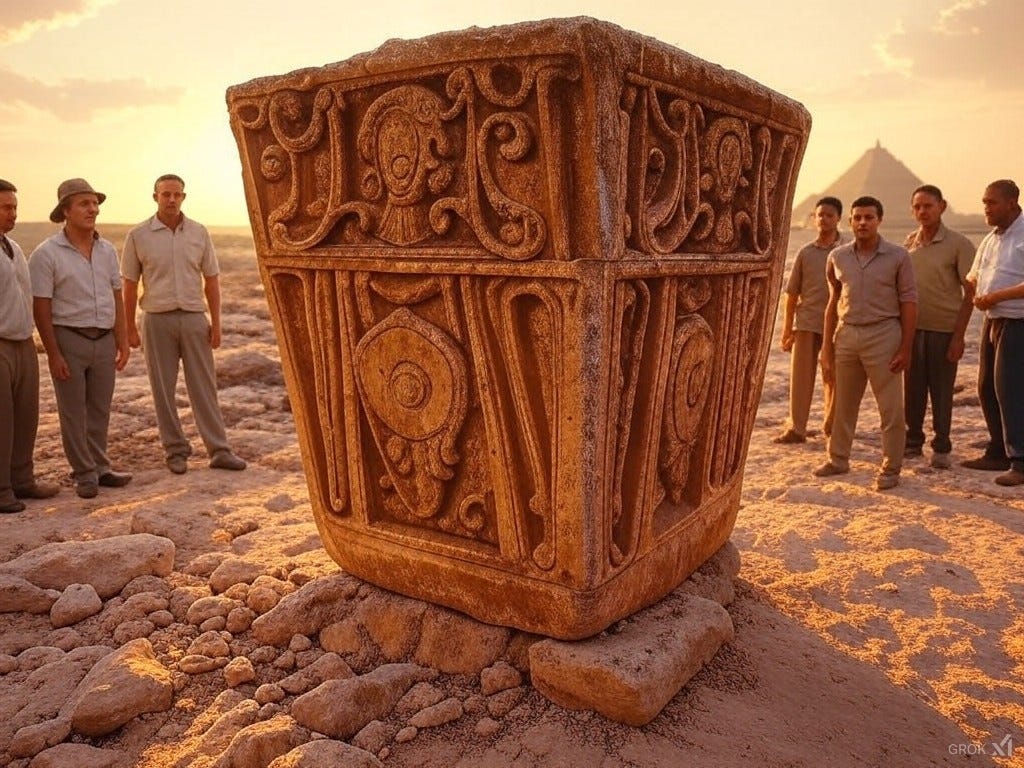
Ah, the Rosetta Stone — the rock that single-handedly made archaeologists question their life choices. Imagine spending decades squinting at ancient Egyptian hieroglyphs, hoping one day they might whisper their secrets, only for some French soldiers to trip over a glorified trilingual signpost in 1799. And just like that, Egyptology went from an impossible game of charades to “Oh hey, turns out we’ve been mispronouncing everything for centuries.”
A Bilingual Flex with a Greek Cherry on Top
This 1,600-pound slab of linguistic fortune is inscribed with the same decree in three different scripts: Ancient Greek, Demotic, and Hieroglyphic. Think of it as the ancient version of Duolingo, but instead of a passive-aggressive owl, you had British and French scholars fighting over who got to crack the code first. Spoiler: The British took the stone, but a Frenchman, Jean-François Champollion, was the one who finally deciphered it. And, in true academia fashion, his first instinct upon figuring out how to read hieroglyphs was to immediately write a very long and complicated book about it.
Not Just a Fancy Paperweight
The Rosetta Stone didn’t just help us read ancient Egyptian texts — it launched an entire field of study. Without it, we’d still be making up wild guesses about Egyptian history. “This mural probably depicts a great feast!” Nope, it’s an inventory list for goat rations. “This pharaoh’s name must be Thunder Crusher!” Actually, it’s something more like “Steve.” The point is, translation is important.

The Great Museum Heist (That Technically Wasn’t a Heist)
Currently housed in the British Museum, the Rosetta Stone has spent more time being the subject of international custody battles than it did chilling in its original Egyptian home. Egypt would very much like it back, but the British Museum, in its infinite wisdom, insists that it’s perfectly safe where it is, sandwiched between hordes of tourists who spend 15 seconds taking selfies before running off to see the mummies.

The Takeaway
The Rosetta Stone is more than just an ancient rock with some scribbles. It’s a testament to human curiosity, perseverance, and the universal tendency of governments to issue long-winded decrees. Also, it’s a solid reminder that sometimes, just sometimes, the answer to humanity’s greatest mysteries is literally lying in the dirt, waiting for someone to stub their toe on it.
So, what do you think? Should the Rosetta Stone stay in the British Museum or make a triumphant return to Egypt? Drop your thoughts in the comments, and while you’re at it, follow me for more historical nonsense served with a side of humor.

Art prompt: Impressionist masterwork of an ancient artifact being rediscovered in a sunlit archaeological dig, with detailed textures, warm earthy tones, and a composition reminiscent of Monet, evoking wonder and historical significance.